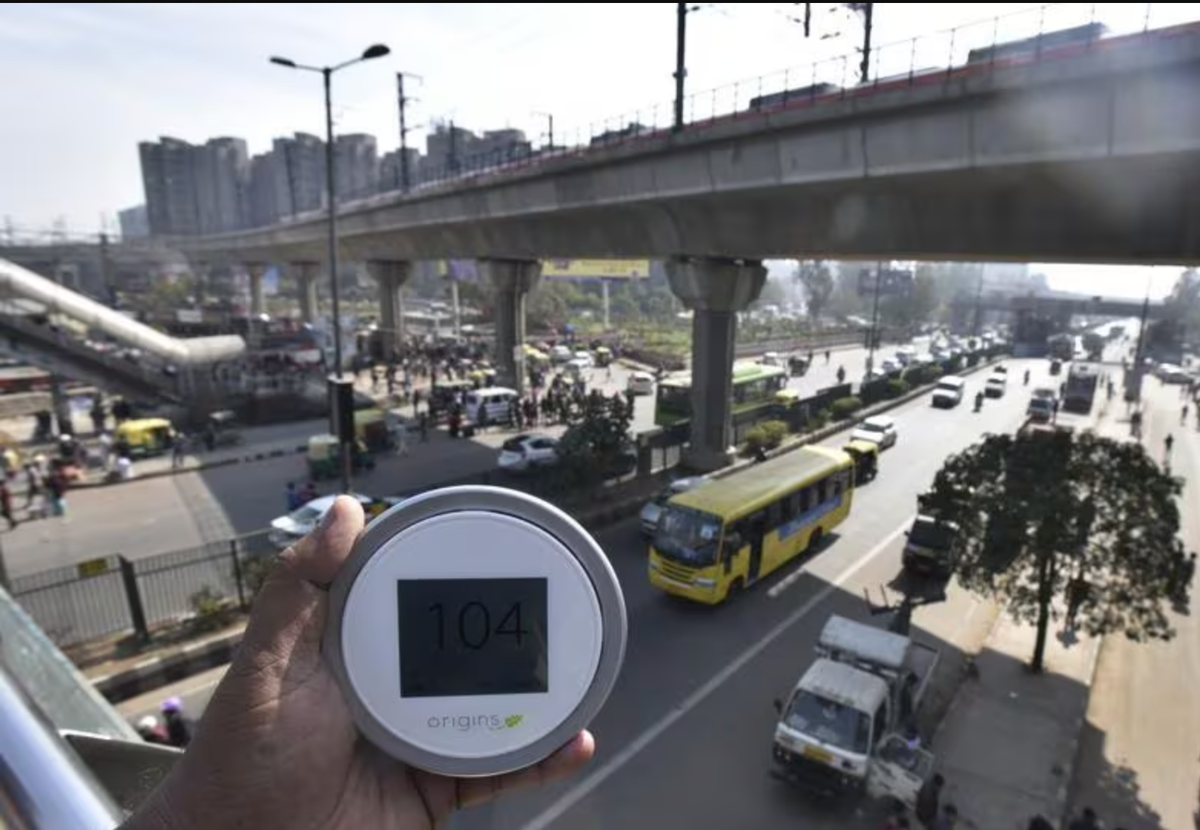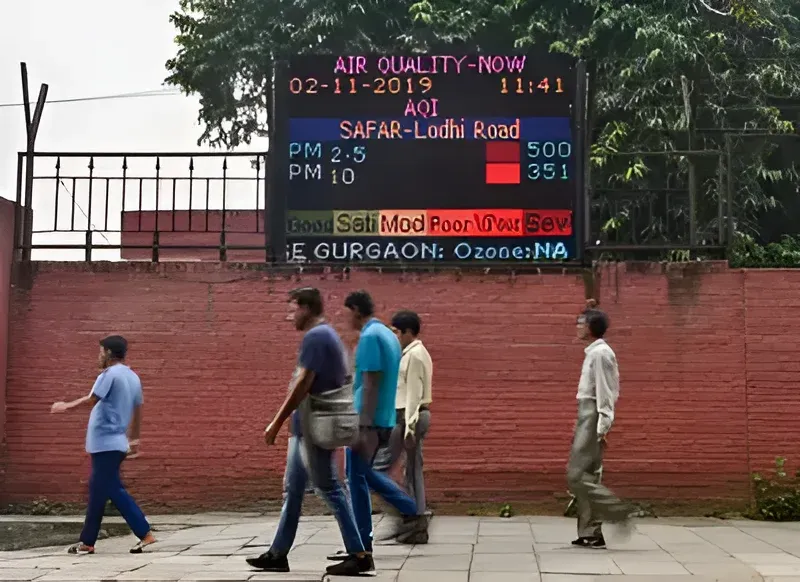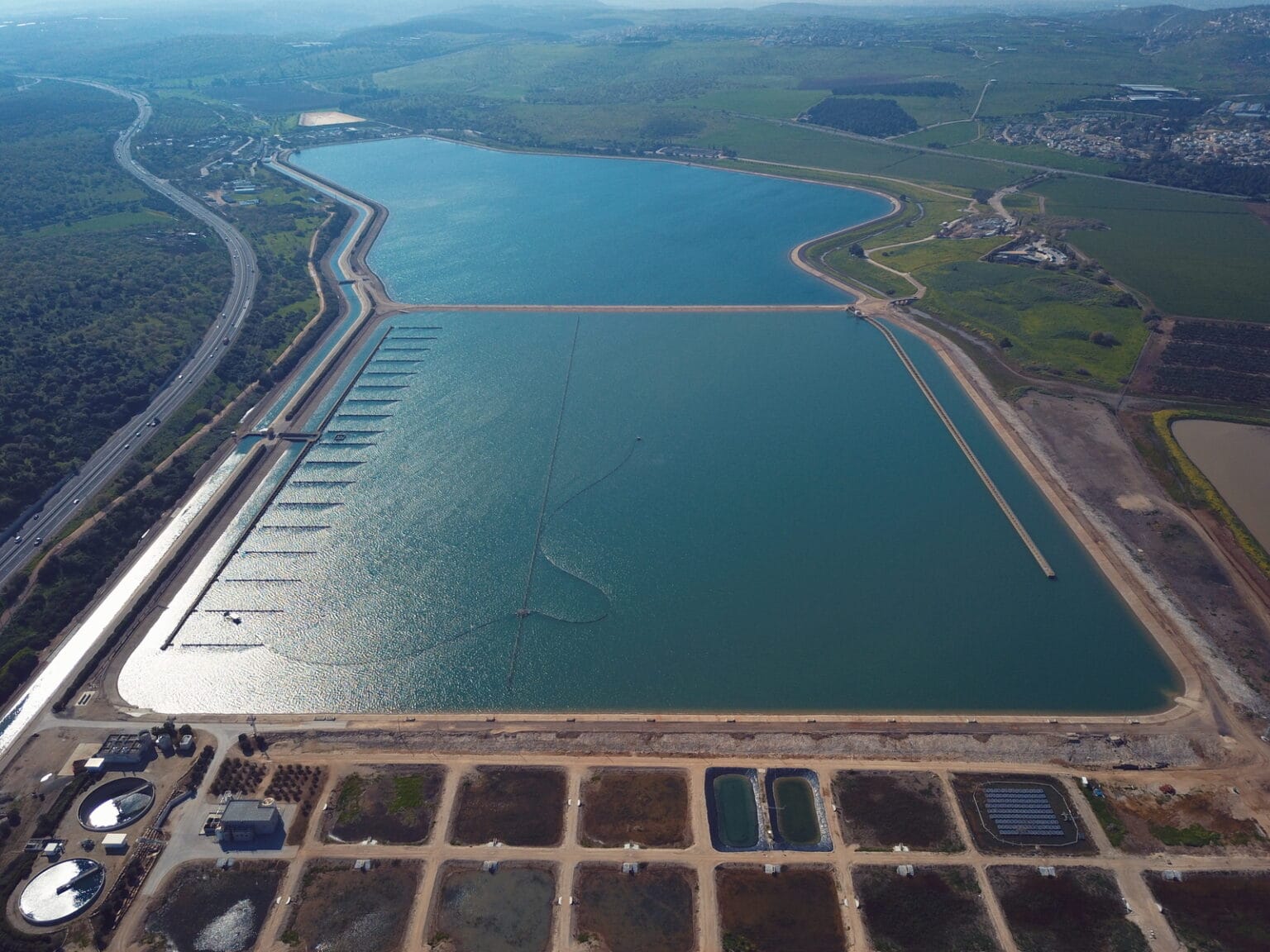Citizen-led air quality measurement strategy can help North India breathe better
This can create movements with public impact, improve media reportage with statistical foundations, create a market for abatement solutions at the institutional level and bring public spotlight to generate political buy-in and policy goodwill

North India has extremely unclean air. It is home to dozens of the most polluted cities and towns in the world. As a result, its 600 million residents suffer from bad air quality. The Lancet Planetary Health study (2019/2022) and its downstream analyses show that while indoor air pollution deaths in India have reduced due to fuel and cooking improvements a little bit, outdoor ambient air quality deaths have increased to more than a million deaths – increasing 115 per cent in the last decade.
Patrick Collison at Stripe has compiled an extensive literature that shows the air pollution’s negative impact on cognition, health (respiratory, cardiac and neurological), sporting ability (chess, baseball), company productivity, stock market performance and even political speech quality. Hyperlocal insights from studies published in Nature magazine (2020/21) have shown an eightfold variance within a neighborhood block, subjecting some individuals to an extra 40% risk of heart disease. This topic is well described in Alex Tabarrok’s Marginal Revolution online-blog.
North India suffers from a measurement crisis of multiple dimensions
Despite widespread data and rigorous literature at the human, building, neighborhoods, city, country and global scale, the fight against pollution in North India suffers from a measurement crisis of multiple dimensions. Pollution varies by location, month and time and the measurements of its quality, quantity and sources have to be done with granularity at regular intervals. There is a need for a sound and robust system of multi-scalar sensors (high/low cost, high/low density, indoor/outdoor, geographically dispersed) and multi-dimensional sensing (measuring different pollutants) with varying degrees of specificity, accuracy and precision. It must be interspersed with satellite data, low-cost dense network data and other sources of data like transportation and healthcare to help measure, monitor and abate the problem.

However, pollution-data exists (largely for cities) in silos with governments and a few academics. Data for towns and rural areas and doesn’t integrate multiple sources of data like satellite data or low-cost sensors. Source apportionment is caught between bureaucratic malaise and equipment procurement. Further, air quality data lies disconnected to research on its impact on health, is inaccessible to citizens and is critically not linked well to action by state, market or society. Indian air quality data suffers from the dual data problems that Deming, (management expert behind the Total Quality Management movement) alluded to in his works. “What you can’t measure you can’t manage.” and “Nothing becomes more important just because you can measure it. It becomes more measurable, that’s all.”
Best practices
There are best practices from various megalopolises like London, New York, Taiwan and Mexico City, all of whom have taken significant strides to measure and fight air pollution, that India can learn from. The pollution observation network in Taiwan leverages cheap sensors creating a powerful network of data collection and capacity through a proliferation of $100 devices deployed at scale by thousands of citizens.
The data is open-sourced, and enables a far richer picture of air quality across Taiwan than any of the centralized government sensors or private sensors that had previously been installed in expert-selected locations and was a result of LASS (an open hardware community), Academia Sinica (a national research institute), private manufacturers (who later produce and sell their versions of AirBox using the coalitions’ prototypes), g0v (Taiwan’s civic hacker community), and the public sector, especially public schools.
London has pioneered ultra-low emission zones, hyperlocal and mobile monitoring and connected the dots between air quality and its impact on individual health and public health over the years conclusively and rigorously.
New York and Mexico City have taken tremendous strides in pollution abatement with inclusivity and sustainability as key principles by utilizing such methods for industrial and individual action.
In India, there are various constraints that hamper state (political inertia and policy malaise), market (consumer interest and capacity), academia (funding and career growth trajectory for researchers), media (business model and timelines) and social media (platform design and engagement feedback loops) that don’t allow for the existence of such a process or network at scale.
Way forward
So, what can be done? How can we measure, access measurements and advocate for action based on these measurements better? The answer potentially lies with the citizens and consumers (motivated by individual and collective health and well-being), who are the single thread connecting state, market, society, academia, media and social media. Even if 0.1-1 % of them were regularly made aware of relevant air-quality data and its health impact, it could lead to multiple mitigation steps with an impact felt by all.
To this end, we propose an open-source citizen-led dense network of air quality data in Delhi-NCR and North India’s state capitals (where money, power and influence reside) that utilizes low-cost particulate sensors for information and advocacy, supplemented by high-cost advanced methodologies (laser/metallic oxide/gas sensors and privately held satellite, spectral and hyper-spectral data) at every polling booth (smallest political unit of representation). This can be further bolstered by hyperlocal monitoring and mobile monitoring.
Such an approach can provide data to researchers for computational and social problems of interest and create a large data repository to barter with academics from other geographies to make the invisible air quality problem visible with high spatial and temporal resolution. This would also create momentum for the work and advice of high-impact researchers like Sarath Guttikunda, Anuradha Shukla, Gazala Habib, Vikram Singh, Sahil Bhandari and the like. It would also help create a sound community of Indian researchers working on this problem from the lens of formal, applied, physical and social science.
This can create movements with public impact, improve media reportage with statistical foundations, create a market for abatement solutions at the institutional level (public, private, leisure, commercial and industrial areas) and bring public spotlight to generate political buy-in and policy goodwill.
If deployed with students in high schools and universities with linkages to their curriculum, it would create an ecosystem of problem solvers along with a detailed data-based understanding of the problem. At various levels of political (ward, assembly, parliamentary), administrative (district, city, state) and business aggregations (markets, malls, hotels, restaurants and movie theaters), gamified air quality improvement would find wings. It will also help budgeting for mitigation actions based on their effectiveness.
The cost-effectiveness of open space wind purification devices like WAYU or smog towers would finally have quantifiable metrics for comparison. It will let us know if road washing is more prudent than mechanized sweeping; or if chloride emissions from waste-to-energy and steel plants complicate Delhi’s air pollution; or if boiler rooms and industries in industrial Punjab and Haryana need more regulation than the average farmer to curb air pollution.

Israel, when faced with scarce and saline water, inverted its problem and turned crisis into opportunity and supported its industry to become one of the world leaders in water and sewerage treatment technology.
North India’s present crisis can similarly be leveraged to enable India to become a world leader in technologies to improve air quality, and truly become the Vishwaguru (world teacher). For this, all that is required is a few good citizens, corporates and collectives to engage in public problem solving with competence, conscience and collaboration.